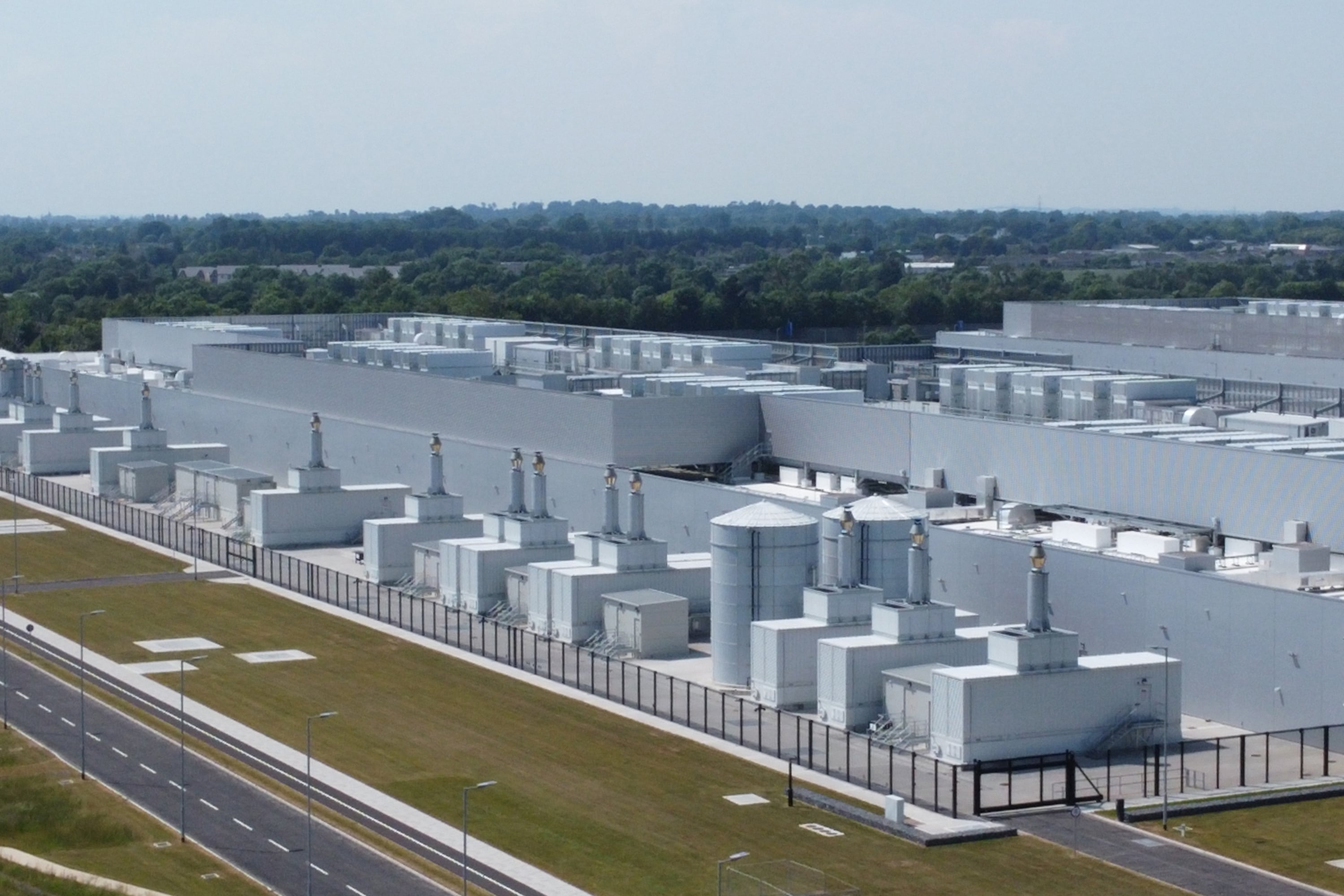There is a report just out, the Irish Breeding Curlew Survey – no 138 in the Irish Wildlife Manuals survey, since you ask – which makes bleak reading.
It’s remarkable really. All the things that make for a bleaker, more boring, less interesting countryside are, it turns out, anathema for curlews: scrubbing up hedges, knocking down dry stone walls, building housing estates over woods and fields, and converting farmland into blocks of pine forest.
There are also wind farms, on land and sea, and the abandonment of traditional grassland management, including replacing hay with silage.
The Eurasian curlew was, the report says “once a ubiquitous breeding bird of the Irish landscape, occurring in lowland wet grassland, lowland raised bog and upland blanket bog across all counties. The species is declining throughout its range, and the severity of the decline in Ireland has been especially acute.
READ MORE
“The most recent estimate of the population size in Ireland was of 138 breeding pairs in the period 2015-17. This represented an alarming loss of at least 96 per cent over just 30 years since the late 1980s. Drivers of declines across the range vary regionally; in Ireland the loss of habitat due to agricultural intensification, afforestation, peat extraction and predation are all likely drivers. Land redevelopment is another.
So in just three decades we’ve contrived to lose thousands of breeding curlews. Ireland is not alone here: in Britain about two-thirds of the species has been lost in the same period; in the North it’s a shocking 84 per cent (quite a bit of that, interestingly, down to red foxes) and in the rest of Ireland it’s a scandalous, shame-making 96 per cent.
Mind you it could be even worse; those figures are from 2017; in the intervening five years, given that all the grisly factors mentioned above have only intensified, it may be that there are significantly fewer curlew pairs than members of the Dáil. Curlews come to Ireland to overwinter, but most of them are from outside.
It’s something to brood over, isn’t it, in the wake of the Cop15 meeting. Nope; not the glamorous, high profile, world-leader-attracting climate change Cop. This is the convention on biological diversity held in Montral, Canada, between December 7th and 20th. It attracts rather less attention from the aggressive, high-profile publicity-hunting climate change activists.
Naturally Ireland has signed up to every pledge. Naturally the administration which did so is made up of the same parties which presided over every single development mentioned above which has driven the curlew to near extinction.
You want an index for the diminution in biodiversity in the country? I give you the curlew, a bird with a striking call and a beautiful curved beak. Exactly the same factors which are driving it from the land are doing the same to other endangered birds and, come to that, unglamorous invertebrates. The curlew was, as the report observes, once ubiquitous in this island. And very many of the changes which the political class identifies as signifiers of success in modern Ireland – more housing estates! more efficient farms! more wind farms! – are precisely those which have threatened it with extinction.
In other words, in any audit of the changes mentioned above, biodiversity in general and curlews in particular simply didn’t feature. At all.
It’s not that any politician, property developer or farmer gets up in the morning with malign intent towards curlews. It’s simply that our increasingly urban outlook, almost completely detached from the regular contact with the natural world that was a feature of Irish life a couple of generations ago, does not take on board the basic factors that make for a hostile environment for native species. As it happens one of my own pet hates is silage-making, whereby farmers cut grass early in the season to bundle up in hideous black plastic rolls, rather than waiting later in the summer to harvest hay into aesthetically pleasing haystacks. It stinks and the casualties are ground-nesting birds.
But it’s other factors which are still more malign – the appendix to the curlew report of risk factors is a grim catalogue of all the things that have made the Irish countryside uglier. Quite simply if we build over previously mixed farmland with boggy areas and hedgerows, wildlife suffers and so does biodiversity.
But are there votes in fewer newbuilds? Nope. And what about the supposedly environmentally friendly policies of more wave and wind farms, more trees? Everyone who wants to signal their green outlook wants more of those. But wind farms are malign to avian life. And single species fast-growing conifers are useless for native species.
So, want a useful indicator as to whether the Cop Biodiversity report is worth the paper it’s written on? Consider the curlew. That’ll tell you.













